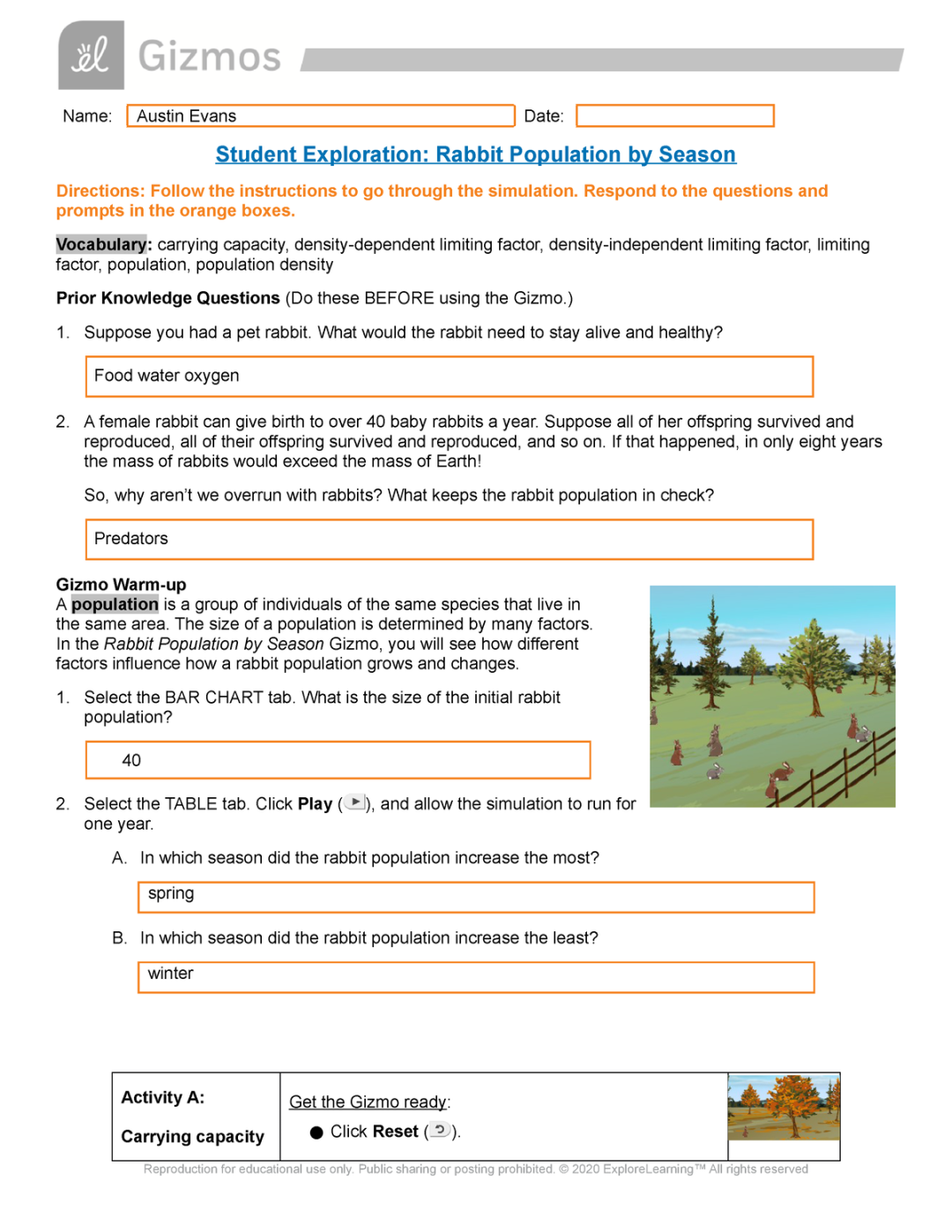How Do You Think a Period of Hot Summers Will Affect The Rabbit Population?
Hot summers can have significant impacts on various animal populations, including rabbits. These small mammals are highly adaptable and are found in a variety of habitats worldwide. However, extreme heat and prolonged periods of high temperatures can pose challenges for their survival and reproductive success. In this article, we will explore the potential effects of hot summers on the rabbit population.

1. Reduced Food Availability
Hot summers can lead to reduced food availability for rabbits. Droughts often accompany periods of high temperatures, which can cause vegetation to wither and become sparse. As rabbits primarily feed on grasses, herbs, and other plants, a decrease in food sources can have a detrimental impact on their nutritional intake. Without an adequate food supply, rabbits may struggle to meet their energy requirements, leading to weakened immune systems and lower reproductive rates.
2. Dehydration and Heat Stress
Rabbits are susceptible to dehydration and heat stress during hot summers. Unlike humans, rabbits cannot sweat to cool themselves down. Instead, they rely on dissipating heat through their ears, which have a rich blood supply. When exposed to high temperatures for extended periods, rabbits may experience heat exhaustion or heat stroke. Dehydration can further exacerbate these conditions, making it difficult for rabbits to regulate their body temperature effectively.
3. Increased Predation
Hot summers can also impact the rabbit population by increasing predation rates. As rabbits become weaker due to reduced food availability and heat stress, they may be more vulnerable to predators. Predatory animals such as foxes, coyotes, and birds of prey may find it easier to catch rabbits during these times, leading to higher predation rates. This can further reduce the rabbit population and disrupt the ecological balance in their respective habitats.
4. Altered Reproductive Patterns
Extreme heat can disrupt the reproductive patterns of rabbits. During hot summers, female rabbits may experience delayed or suppressed reproductive cycles. This can result in lower birth rates and smaller litters. Additionally, high temperatures can affect the viability of embryos, leading to increased prenatal mortality. These factors combined can impact the overall growth and sustainability of the rabbit population.
Frequently Asked Questions (FAQs)
1. Can rabbits adapt to hot summers?
Yes, rabbits can adapt to some extent to hot summers. They have physiological mechanisms, such as dissipating heat through their ears, that help them cope with high temperatures. However, prolonged or extreme heat can still pose challenges to their survival and reproductive success.
2. Will the rabbit population decline during hot summers?
The rabbit population may experience a decline during hot summers due to reduced food availability, heat stress, and increased predation rates. These factors can negatively impact their overall population size and reproductive capacity.
3. How can humans help rabbits during hot summers?
Humans can assist rabbits during hot summers by providing them with additional sources of water and shade. Creating small water stations or shallow ponds can help alleviate dehydration. Planting more native vegetation that is resistant to drought can also provide rabbits with alternative food sources.
4. Will rabbits migrate to cooler areas during hot summers?
Rabbits are generally not migratory animals, so they do not migrate to cooler areas during hot summers. Instead, they rely on their adaptability and physiological mechanisms to cope with the heat. However, if their habitat becomes too inhospitable, some individual rabbits may disperse in search of more suitable environments.
In conclusion, hot summers can have detrimental effects on the rabbit population. Reduced food availability, dehydration, heat stress, increased predation rates, and altered reproductive patterns are some of the main consequences rabbits may face during periods of high temperatures. Understanding these impacts is crucial for implementing conservation measures and ensuring the long-term viability of rabbit populations in the face of climate change.
Related Articles…
Copyright Notice:
This website utilizes images found online, all copyrights are retained by their original owners. If you would like an image removed, kindly contact us.